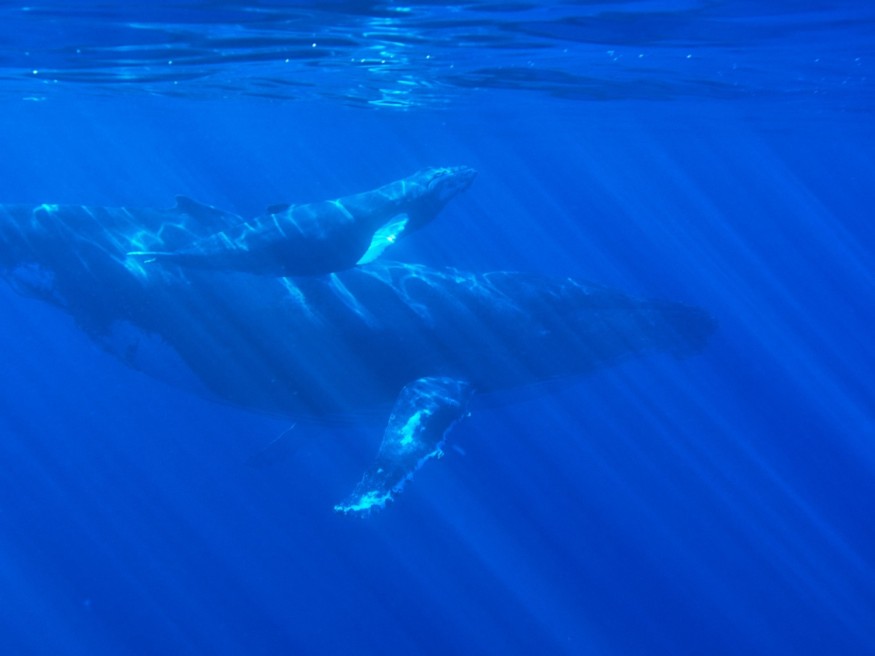Humpback whales just became the target subject of scientists for potential communication with aliens in the future, according to reports earlier this week.
This development came when a team of scientists from the SETI Institute, the Alaska Whale Foundation, and the University of California Davis had a close encounter with a humpback whale, named Twain.
The marine mammal responded and conversed with them through unique signals via an underwater speaker.
The researchers have been studying humpback whale communication systems to at least developing a chance to engage in communication with extraterrestrial intelligence.
Now the scientists' contact with Twain the humpback whale, or non-human (aquatic) intelligence in general, has been considered the first successful human-humpback whale communication ever recorded. The discovery also theorizes that other whales are also capable of intelligent communication.
Humpback Whale Communication

The bizarre humpback whale communication started when Twain approached and circled the research team's boat in the waters of Alaska.
In a press release on Tuesday, December 12, the SETI Institute narrated that the Alaskan humpback whale responded to a "recorded humpback contact call" played into the sea through the underwater speaker.
The whale responded in a conversational style to the whale greeting signal from the device.
The exchange of communication between signals lasted for approximately 20 minutes, where Twain responded to each playback call and matched interval variations, according to the SETI Institute press release.
The researchers involved in the study published their findings in the journal Peer J. on November 29, where the conversation between the scientists and Twain, an adult female humpback whale, in southeast Alaska was recorded.
The humpback whale communication was analyzed through Post hoc acoustic and statistical approach. The recorded contact call, known as a "whup/throp," revealed Twain's call responses were intentional in a behavioral perspective.
Potential Alien Communication
The research paper's co-author, Laurance Doyle from SETI Institute, expressed that the communication resembles a potential for alien communication, emphasizing that amid current technological limitations, extraterrestrials will be interested in making contact and target human receivers.
Doyle, a research scientist in the field of astronomy, added that the said significant assumption is supported by the behavior shown by humpback whales to humans, in the context of the search for extraterrestrial intelligence.
Non-human (aquatic) intelligence communication through humpback whales has been proven possible.
However, the potential for alien communication or conversation with intelligent alien life remains theoretical, mainly because scientists have not yet proven their existence.
Nevertheless, scientists like those from the SETI Institute and their colleagues assume that during a potential encounter between humans and intelligent extraterrestrial life, the latter will use signals instead of speaking any of our known languages.
The good news is that the closest scenario that we have is an exchange of conversation via signals with marine animals, as shown by Twain the humpback whale in the Peer J. study.
Previous research has also supported that whales are capable of producing complex sounds as a means to communicate with other members of their species, even humans.
Related Article: Entangled in Fishing Line, Humpback Whale Found Dead on NY Beach
© 2025 NatureWorldNews.com All rights reserved. Do not reproduce without permission.





